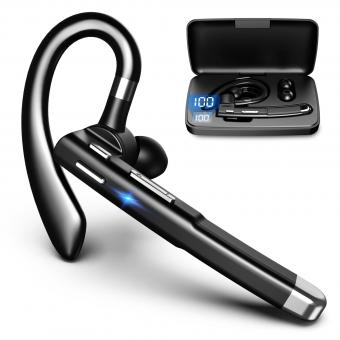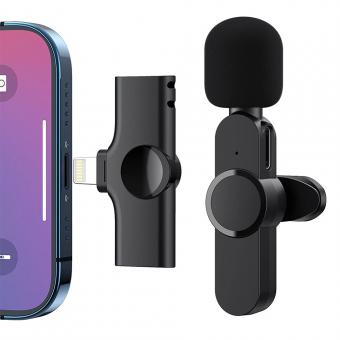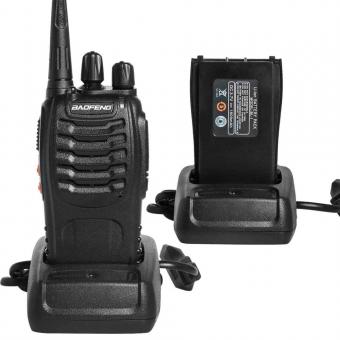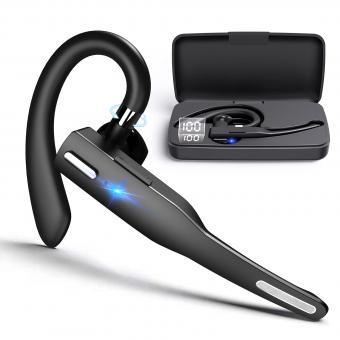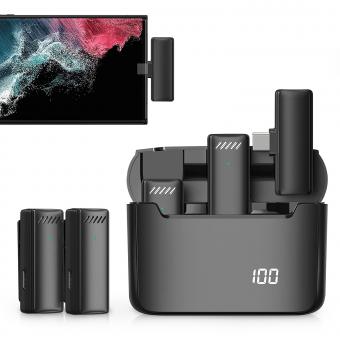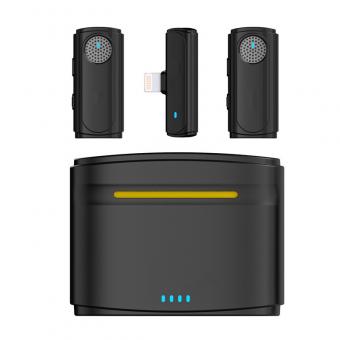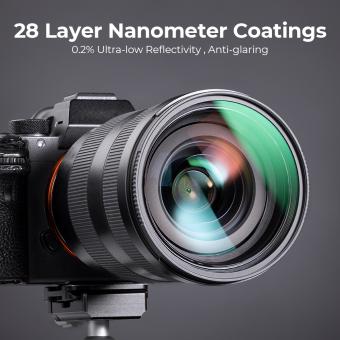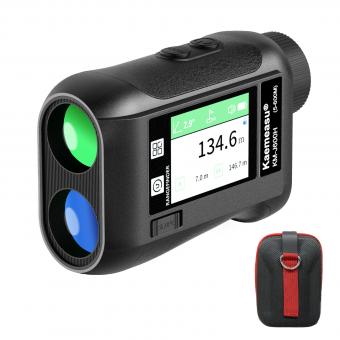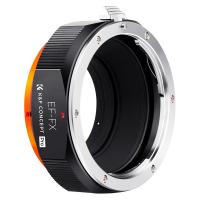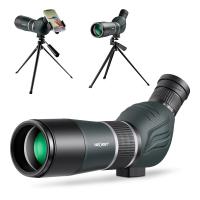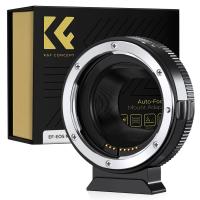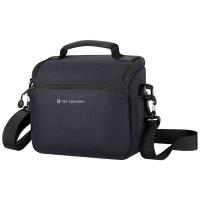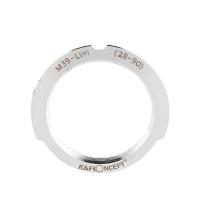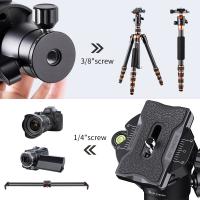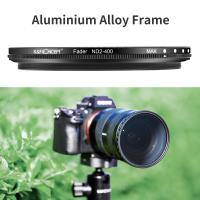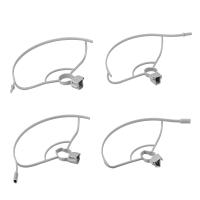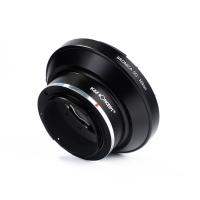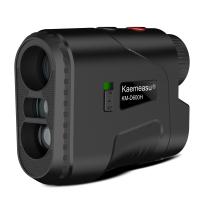How To Record Noise ?
To record noise, you can use a variety of devices such as a microphone or a recording device. Simply connect the microphone to your recording device or use the built-in microphone if available. Position the microphone close to the source of the noise you want to record for better clarity. Make sure to adjust the recording levels to avoid distortion or clipping. Once everything is set up, press the record button on your device and let it capture the desired noise. After recording, you can save the file and edit it if needed using audio editing software.
1、 Types of Noise Recording Techniques
Types of Noise Recording Techniques
Recording noise can be an interesting and creative endeavor, whether you're a musician, sound designer, or simply curious about capturing unique sounds. There are various techniques you can employ to record noise, each offering its own distinct advantages and possibilities. Here are a few common methods:
1. Field Recording: This technique involves capturing ambient sounds from the environment using a portable recorder. It allows you to capture the natural noises of everyday life, such as traffic, birdsong, or the rustling of leaves. Field recording can provide a rich source of material for soundscapes, film soundtracks, or experimental music.
2. Contact Microphones: These specialized microphones are designed to pick up vibrations from solid objects. By attaching them to different surfaces, you can capture the unique resonances and textures of objects like metal, glass, or wood. This technique is often used in experimental music and sound design to create unconventional and abstract sounds.
3. Feedback Loops: Feedback loops involve creating a closed circuit of sound where the output of a speaker is fed back into a microphone, creating a continuous loop of sound. By manipulating the position and distance between the microphone and speaker, you can generate a wide range of unpredictable and evolving noise textures. This technique is commonly used in electronic music and sound art.
4. Circuit Bending: This technique involves modifying electronic devices, such as children's toys or old keyboards, to create new and unexpected sounds. By rewiring the circuits or introducing new components, you can generate glitchy, distorted, and chaotic noise textures. Circuit bending is a popular technique in experimental music and noise genres.
5. Granular Synthesis: This technique involves breaking down sound into tiny grains and manipulating them individually. By rearranging and processing these grains, you can create complex and evolving noise textures. Granular synthesis is often used in electronic music and sound design to create atmospheric and otherworldly sounds.
It's worth noting that noise recording techniques are constantly evolving, and new approaches are being explored all the time. With advancements in technology, such as binaural recording or virtual reality audio, the possibilities for capturing and manipulating noise are expanding. So, don't be afraid to experiment and push the boundaries of what noise recording can be.
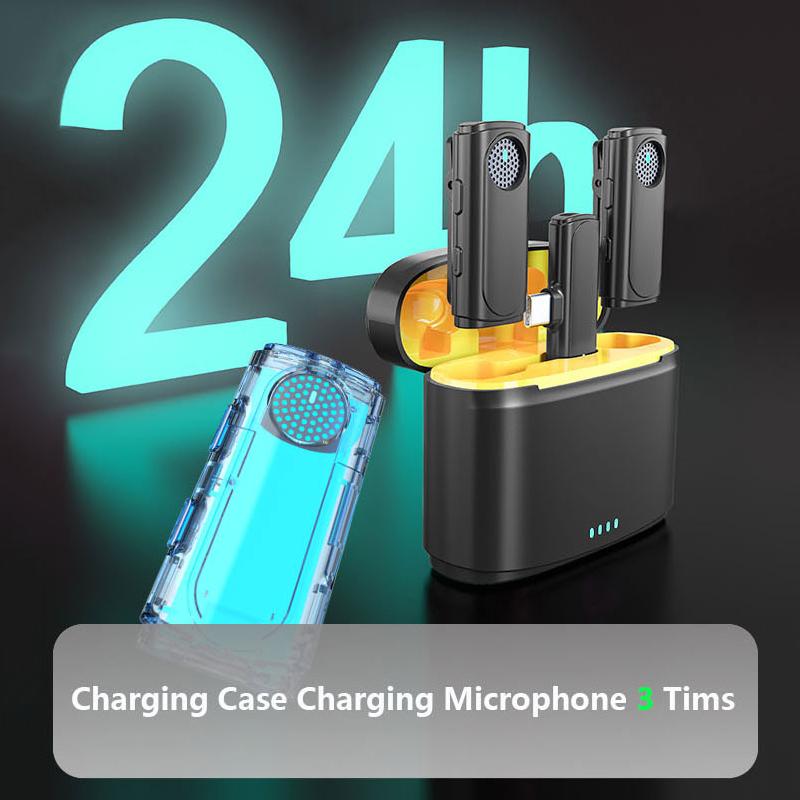
2、 Equipment for Noise Recording
Equipment for Noise Recording:
Recording noise can be a useful tool for various purposes, such as analyzing environmental noise levels, conducting research, or even creating soundscapes for artistic projects. To effectively record noise, you will need the right equipment. Here are some essential tools for noise recording:
1. Microphones: A high-quality microphone is crucial for capturing accurate and clear noise recordings. Consider using a condenser microphone, as they are more sensitive and can capture a wide range of frequencies. Additionally, using a microphone with a windscreen or a foam cover can help reduce wind noise during outdoor recordings.
2. Portable Recorder: A portable recorder is essential for capturing noise on the go. Look for a recorder with high-quality preamps and a low noise floor to ensure accurate recordings. Many portable recorders also offer features like adjustable gain control and built-in microphones, providing flexibility in different recording situations.
3. Windshield: When recording outdoors, wind noise can be a significant issue. Using a windshield or a furry windscreen can help minimize this interference, allowing for cleaner recordings.
4. Tripod or Mount: To ensure stability and reduce handling noise, it is advisable to use a tripod or a mount to secure your recorder and microphone. This will help maintain consistent sound quality throughout the recording.
5. Headphones: Monitoring the audio while recording is crucial to ensure the quality of the captured noise. Invest in a good pair of closed-back headphones that provide accurate sound reproduction and isolate external noise.
6. Software: Once you have recorded the noise, you may need software for editing and analyzing the recordings. There are various options available, ranging from basic audio editing software to advanced noise analysis tools.
It is worth noting that technology is constantly evolving, and new equipment and techniques for noise recording are being developed. Stay updated with the latest advancements in the field to ensure you have access to the most effective tools for your noise recording needs.
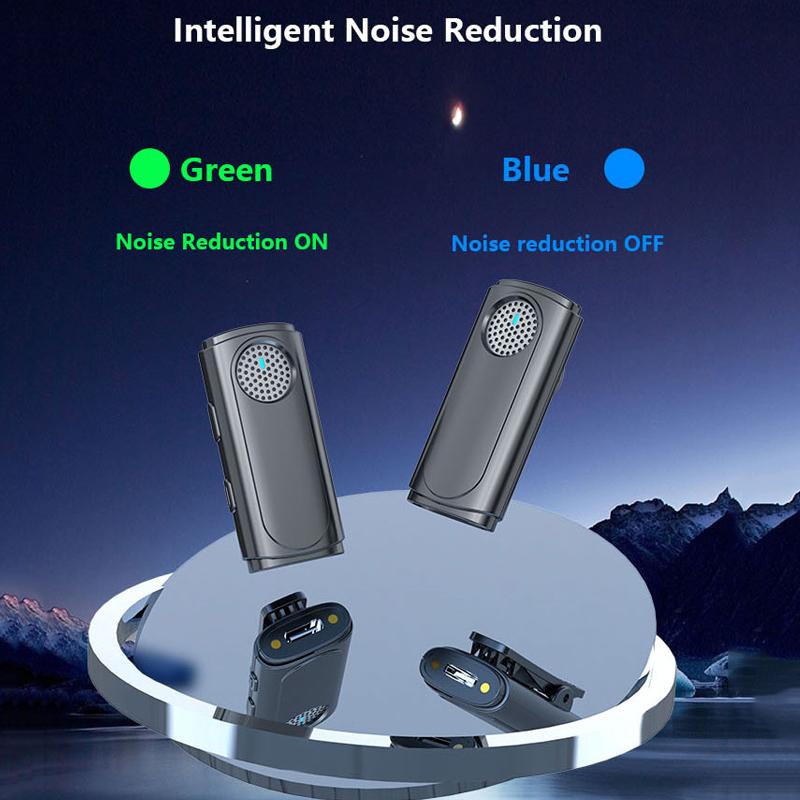
3、 Noise Recording in Different Environments
Noise recording is the process of capturing and documenting various sounds in different environments. Whether you are an artist, filmmaker, or simply interested in studying sound, knowing how to record noise effectively is essential. Here are some tips on noise recording in different environments.
1. Choose the right equipment: Invest in a good quality microphone that suits your needs. Consider factors such as sensitivity, frequency response, and directionality. A portable recorder or a smartphone with a high-quality microphone can also be used.
2. Select the environment: Decide on the type of noise you want to record. It could be urban sounds, nature sounds, or even specific sounds like machinery or animals. Each environment will require different techniques and equipment.
3. Control external factors: Minimize unwanted noise by choosing a quiet location or using soundproofing techniques. This can include using windshields or pop filters to reduce wind noise, or using foam or blankets to absorb echoes.
4. Experiment with microphone placement: Position the microphone at different distances and angles to capture the desired sound. Close-miking can capture more detail, while distant-miking can provide a broader soundscape.
5. Consider the time of day: Different times of the day can offer unique soundscapes. For example, early mornings may have more bird songs, while evenings may have urban sounds like traffic or nightlife.
6. Embrace the unexpected: Sometimes, the most interesting sounds come from unexpected sources. Be open to capturing spontaneous moments and unique sounds that may arise during your recording sessions.
7. Edit and process: After recording, use audio editing software to clean up any unwanted noise or enhance certain elements. This can include removing background noise, adjusting levels, or adding effects to create a desired atmosphere.
In recent years, there has been a growing interest in noise recording as a means of documenting and preserving the sounds of our changing environments. This includes capturing the sounds of endangered species, disappearing natural habitats, or even the evolving urban landscape. Noise recording has become a tool for raising awareness about environmental issues and promoting a deeper understanding of our sonic surroundings.
With advancements in technology, noise recording has become more accessible to a wider audience. Portable recording devices and smartphone apps have made it easier for anyone to capture and share sounds. This has led to a democratization of noise recording, allowing for a diverse range of perspectives and experiences to be documented.
In conclusion, noise recording in different environments requires careful consideration of equipment, location, and techniques. By following these tips and embracing the latest advancements, you can capture and preserve the rich tapestry of sounds that surround us.
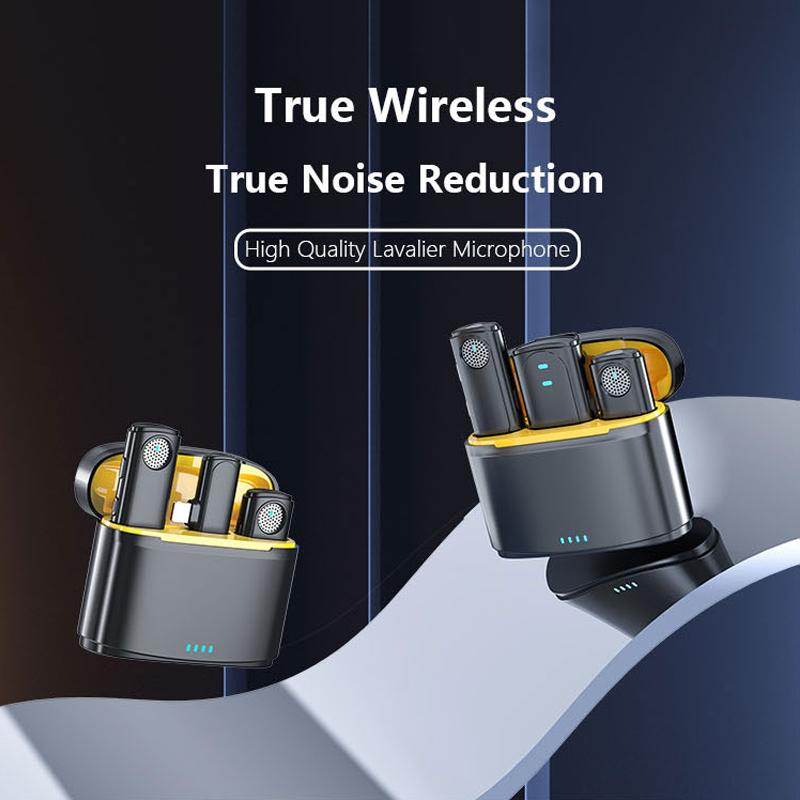
4、 Noise Recording for Scientific Research
Noise recording for scientific research involves capturing and analyzing various types of sounds in order to gain insights into the environment, animal behavior, or human activities. To record noise effectively, follow these steps:
1. Select the appropriate equipment: Use a high-quality microphone or hydrophone depending on the type of noise you want to record. Consider factors such as frequency range, sensitivity, and durability.
2. Choose a suitable location: Identify a site that represents the noise you want to study. Consider factors like ambient noise levels, proximity to the source, and accessibility for equipment setup.
3. Set up the recording equipment: Mount the microphone or hydrophone securely to minimize vibrations and interference. Connect it to a recorder or data logger capable of capturing high-quality audio. Ensure the equipment is properly calibrated.
4. Conduct a pilot study: Before starting a long-term recording, perform a short-term pilot study to assess the recording quality and identify any potential issues. Adjust the equipment settings if necessary.
5. Start the recording: Begin the recording at the desired time and duration. Consider using automated triggers or timers to capture specific events or time periods of interest.
6. Monitor and maintain the equipment: Regularly check the recording system to ensure it is functioning properly. Replace batteries or memory cards as needed. Protect the equipment from environmental factors like rain or extreme temperatures.
7. Analyze the recorded data: Transfer the recorded audio files to a computer for analysis. Use specialized software to visualize and process the data, extracting relevant information such as sound levels, frequency patterns, or animal vocalizations.
In recent years, advancements in technology have facilitated noise recording for scientific research. For instance, the use of remote sensing devices and machine learning algorithms has enabled automated detection and classification of specific sounds, reducing the need for manual analysis. Additionally, the integration of GPS and other environmental sensors with recording equipment allows for more precise spatial and temporal analysis of noise patterns.
Overall, noise recording for scientific research is a valuable tool for understanding the acoustic environment and its impact on various ecosystems. By following these steps and leveraging the latest technological advancements, researchers can gather valuable data to inform conservation efforts, urban planning, and other fields of study.




